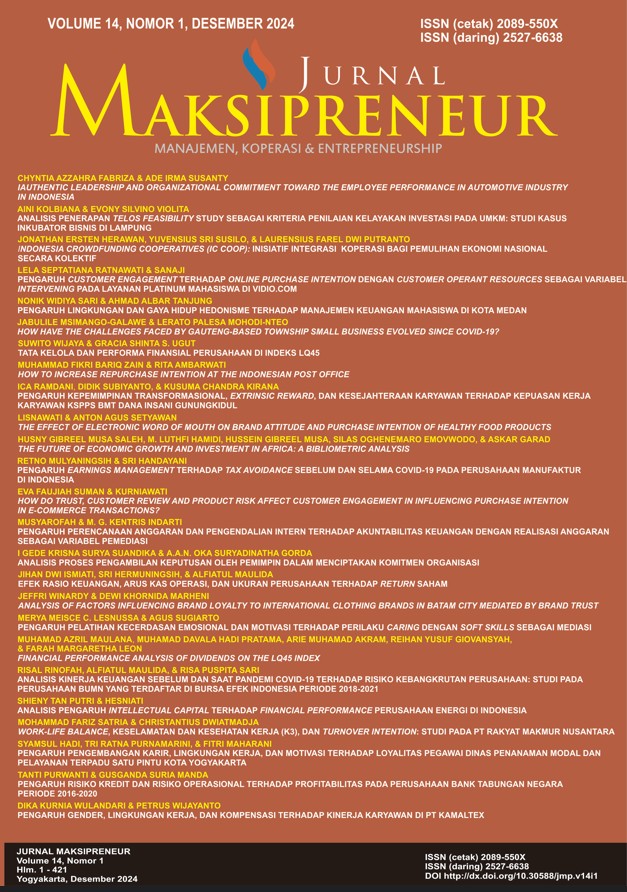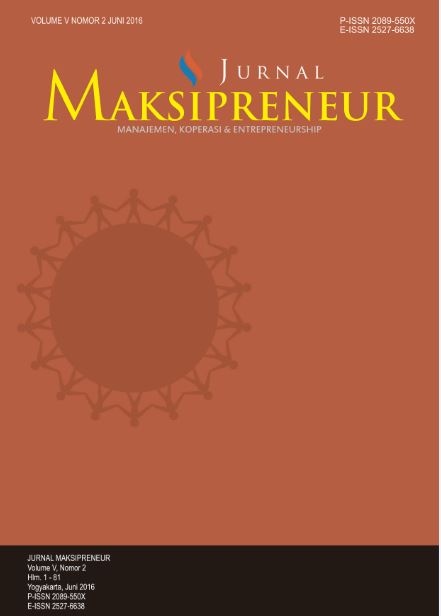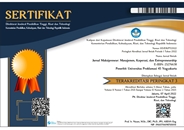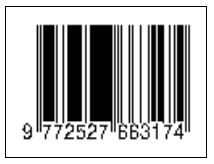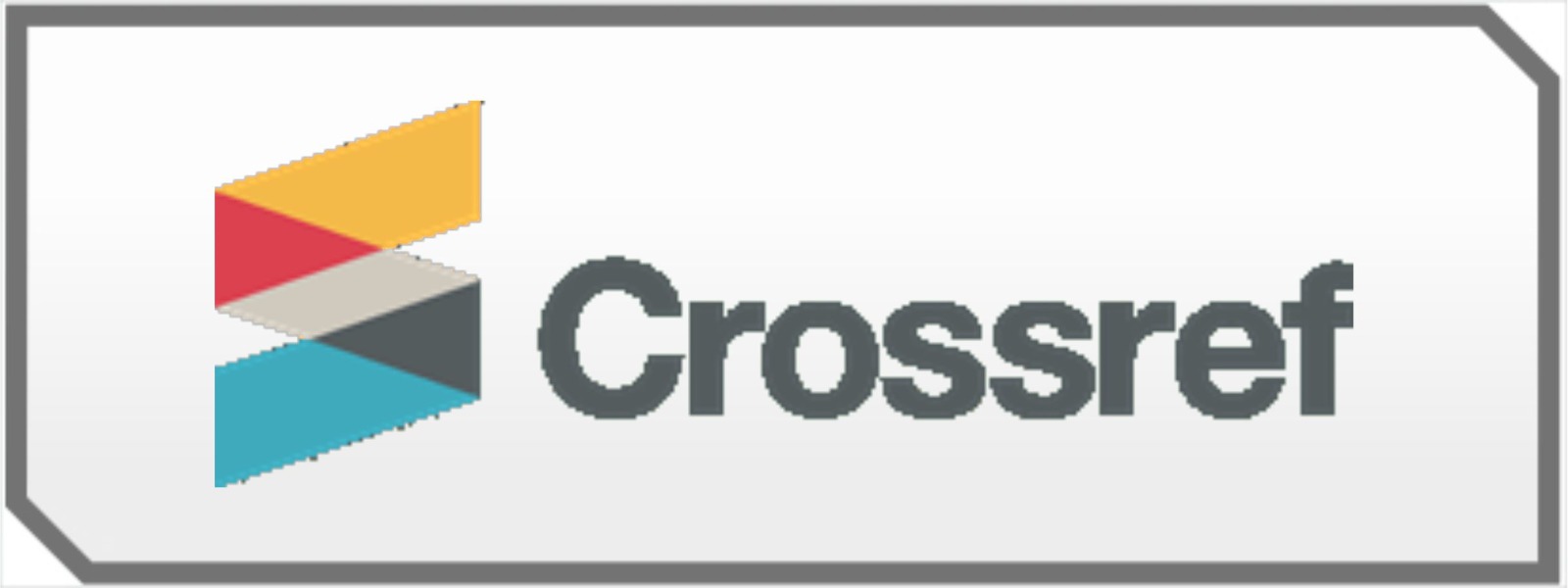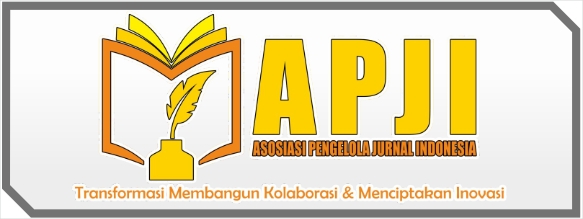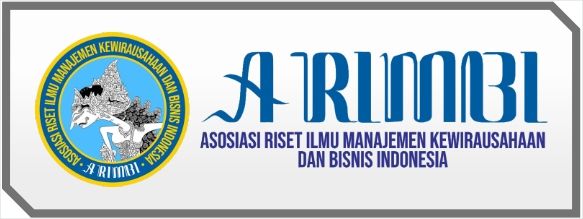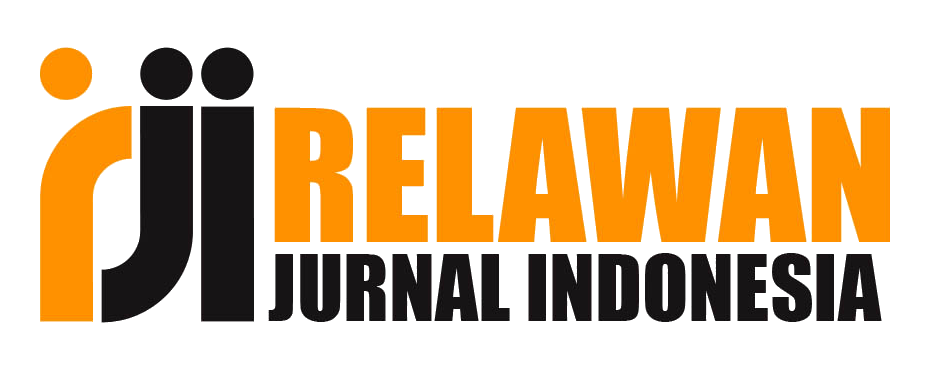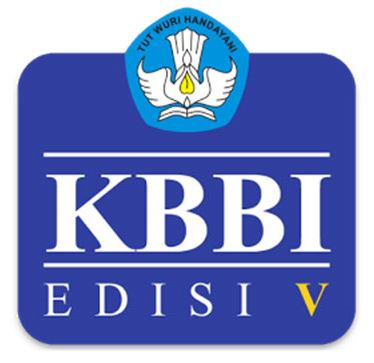The Effect of Electronic Word of Mouth on Brand Attitude and Purchase Intention of Healthy Food Products
DOI:
https://doi.org/10.30588/jmp.v14i1.1970Keywords:
e-WOM, Brand Attitude, Purchase Intention., marketing, healthy food productAbstract
The research aims to highlight the effect of e-WOM on brand attitude and purchase intention for healthy food products, particularly on the TikTok platform. The development of digital technology has changed the way consumers receive information and make purchasing decisions, especially among the younger generation. A quantitative research approach was adopted for this study, using surveys as the primary method. The sample consisted of 160 respondents selected through purposive sampling based on specific criteria such as age, occupation, frequently used social media, and preference for healthy food products. The results showed that e-WOM significantly influenced brand attitude and purchase intention. The conclusion highlights the importance of streng-thening e-WOM marketing strategies on TikTok to encourage positive reviews and companies can enhance their brand position in the market. This research is expected to help business practitioners design effective marketing strategies using e-WOM as a promotional medium.
References
Abdillah, W., & Hartono, J. (2015). Partial Least Square (PLS): Analisis Structural Equation Modeling (SEM) Dalam Penelitian Bisnis. Andi Offset.
Aravindan, K. L., Ramayah, T., Thavanethen, M., Raman, M., Ilhavenil, N., Annamalah, S., & Choong, Y. V. (2023). Modeling Positive Electronic Word of Mouth and Purchase Intention Using Theory of Consumption Value. Sustainability (Switzerland), 15(4). https://doi.org/10.3390/su15043009
Cheung, C. M. K., & Thadani, D. R. (2012). The impact of electronic word-of-mouth communication: A literature analysis and integrative model. Decision Support Systems, 54(1), 461–470. https://doi.org/10.1016/j.dss.2012.06.008
Chin, W. (1998). The Partial Least Squares Approach to Structural Equation Modeling. Modern Methods for Business Research, 295(2), 295–336.
Creswell, W. J. (2018). Research Design: Qualitative, Quantitative, and Mixed Methods Approaches (5th ed.). SAGE Publications, Inc.
Dwivedi, A., Johnson, L. W., Wilkie, D. C., & De Araujo-Gil, L. (2019). Consumer emotional brand attachment with social media brands and social media brand equity. European Journal of Marketing, 53(6), 1176–1204. https://doi.org/10.1108/EJM-09-2016-0511
Etikan, I., & Bala, K. (2017). Sampling and Sampling Methods. Biometrics & Biostatistics International Journal, 5(6), 215–217. https://doi.org/10.15406/bbij.2017.05.00149
Ghozali, I. (2018). Aplikasi Analisis Multivariate Dengan Program IBM SPSS 25. Badan Penerbit Universitas Diponegoro.
Ghozali, I., & Fuad, M. (2008). Structural Equation Modeling (II). Badan Penerbit Universitas Diponegoro.
Ghozali, I., & Latan, H. (2015). Partial Least Squares Konsep, Teknik dan Aplikasi Menggunakan Program SmartPLS 3.0 Untuk Penelitian Empiris. Undip Press.
Hair, J. F., Sarstedt, M., Hopkins, L., & Kuppelwieser, V. G. (2014). Partial least squares structural equation modeling (PLS-SEM): An emerging tool in business research. European Business Review, 26(2), 106–121. https://doi.org/10.1108/EBR-10-2013-0128
Himawan, E. (2019). Pengaruh Green Brand Positioning, Green Brand Attitude, Green Brand Knowledge terhadap Green Purchase Intention. Jurnal Manajemen Bisnis dan Kewirausahaan, 3(2), 110–115.
Jalilvand, M. R., & Samiei, N. (2012). The impact of electronic word of mouth on a tourism destination choice: Testing the theory of planned behavior (TPB). Internet Research, 22(5), 591–612. https://doi.org/10.1108/10662241211271563
Joshi, A., Kale, S., Chandel, S., & Pal, D. (2015). Likert Scale: Explored and Explained. British Journal of Applied Science & Technology, 7(4), 396–403. https://doi.org/10.9734/bjast/2015/14975
Kim, J., Zo, H., & Hwang, Y. (2020). Understanding the role of social norms and attachment on smart phone adoption in a sustainable development context. Journal of Business Research, 109, 64–74.
Kudeshia, C., & Mittal, A. (2016). The effect of eWOM on brand attitude and purchase intention of consumers: a cross-sectional study on consumer electronics. International Journal of Internet Marketing and Advertising, 10(3), 131–151.
Lubis, R., & Yafiz, M. (2023). Analisis Penggunaan Labelisasi Halal pada Produk Minuman Mixue dalam Meningkatkan Analisis Penggunaan Labelisasi Halal pada Produk Minuman Mixue dalam Meningkatkan Kepecayaan Konsumen Muslim di Kota Medan. Al-Buhuts (e-journal), 19(1), 547–565.
Nofal, R., Bayram, P., Emeagwali, O. L., & Al-Mu’ani, L. (2022). The Effect of eWOM Source on Purchase Intention: The Moderation Role of Weak-Tie eWOM. Sustainability (Switzerland), 14(16). https://doi.org/10.3390/su14169959
Rosario, A. B., Sotgiu, F., De Valck, K., & Bijmolt, T. H. A. (2016). The effect of electronic word of mouth on sales: A meta-analytic review of platform, product, and metric factors. Journal of Marketing Research, 53(3), 297–318. https://doi.org/10.1509/jmr.14.0380
Saleh, R., & Siagian, A. O. (2020). Sponsorship dalam Menciptakan Sikap Merek. Jurnal Bisnis Terapan, 4(1), 13–22. https://doi.org/10.24123/jbt.v4i1.2404
Srivastava, B. (2023). Investigating the Factors Influencing Online Purchase Intention: An Empirical Study. Psychology and Education, 56(01), 213–220. https://doi.org/10.48047/pne.2019.56.1.23
Sugiyono, S. (2017). Metode Penelitian Bisnis: Pendekatan kuantitatif, kualitatif, kombinasi, dan R&D. CV Alfabeta.
Verma, S., & Yadav, N. (2021). Past, Present, and Future of Electronic Word of Mouth (EWOM). Journal of Interactive Marketing, 53, 111–128. https://doi.org/10.1016/j.intmar.2020.07.001
Waluyo, M. (2020). Mudah Cepat Tepat Dalam Aplikasi Structural Equation Modeling (Edisi Revisi) (A. N. Rahma, Ed.). Literasi Nusantara.
Wu, P. C. S., Yeh, G. Y. Y., & Hsiao, C. R. (2011). The effect of store image and service quality on brand image and purchase intention for private label brands. Australasian Marketing Journal, 19(1), 30–39. https://doi.org/10.1016/j.ausmj.2010.11.001
Zong, Z., Liu, X., & Gao, H. (2023). Exploring the mechanism of consumer purchase intention in a traditional culture based on the theory of planned behavior. Frontiers in Psychology, 14, 01–12. https://doi.org/10.3389/fpsyg.2023.1110191
Downloads
Published
How to Cite
Issue
Section
License
Copyright (c) 2024 Lisnawati Lisnawati, Anton Agus Setyawan

This work is licensed under a Creative Commons Attribution 4.0 International License.
Authors who publish with Jurnal Maksipreneur agree to the following terms:
Authors retain copyright and grant the Jurnal Maksipreneur right of first publication with the work simultaneously licensed under a Creative Commons Attribution 4.0 International License that allows others to share (copy and redistribute the material in any medium or format) and adapt (remix, transform, and build upon the material) the work for any purpose, even commercially with an acknowledgment of the work's authorship and initial publication in Jurnal Maksipreneur.
Authors are able to enter into separate, additional contractual arrangements for the non-exclusive distribution of the journal's published version of the work (e.g., post it to an institutional repository or publish it in a book), with an acknowledgment of its initial publication in Jurnal Maksipreneur. Authors are permitted and encouraged to post their work online (e.g., in institutional repositories or on their website) prior to and during the submission process, as it can lead to productive exchanges, as well as earlier and greater citation of published work (See The Effect of Open Access).

